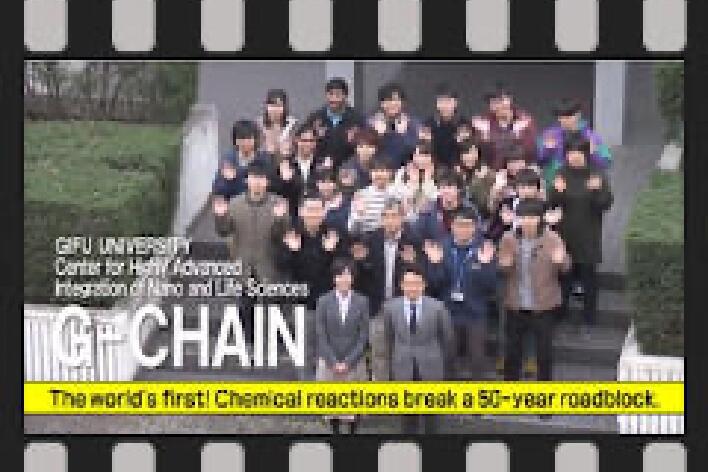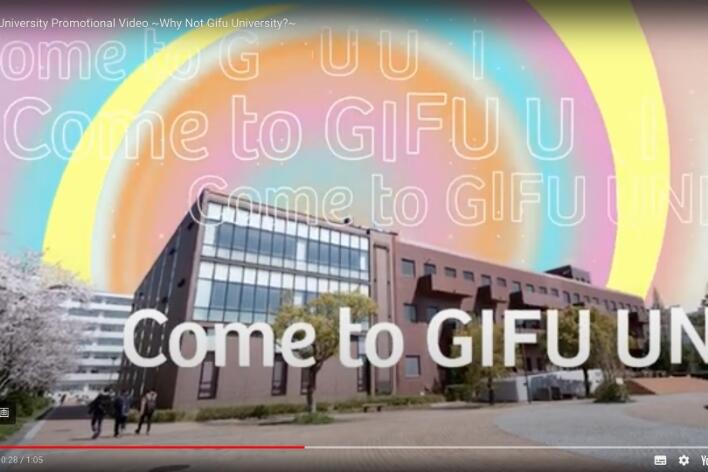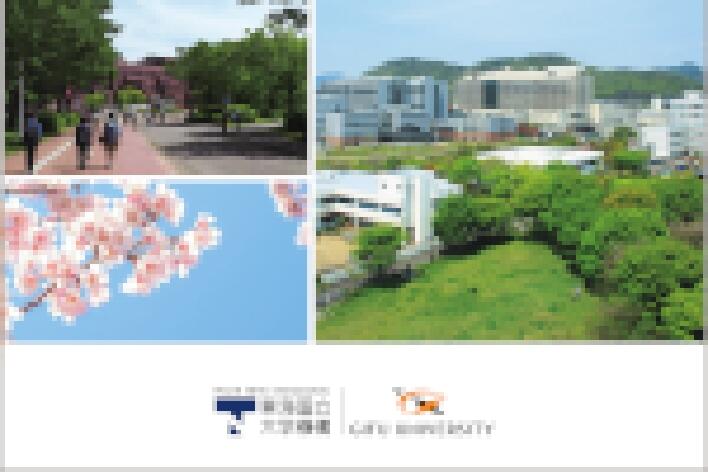Our mission is to develop a biodiversity conservation strategy based on the in Gifu and to hand over the nature and wildlife to future generations 100 years from now
A great deal of nature has been lost over the past 50 years in Japan. Although the extinction of one or two species will not immediately have a major impact on human life, if we do not take any action, at this rate, the natural environment -native animals and plants- will be lost year after year. To hand over the natural environment to future generations, it is important to develop a conservation strategy in cooperation with local communities and work together.
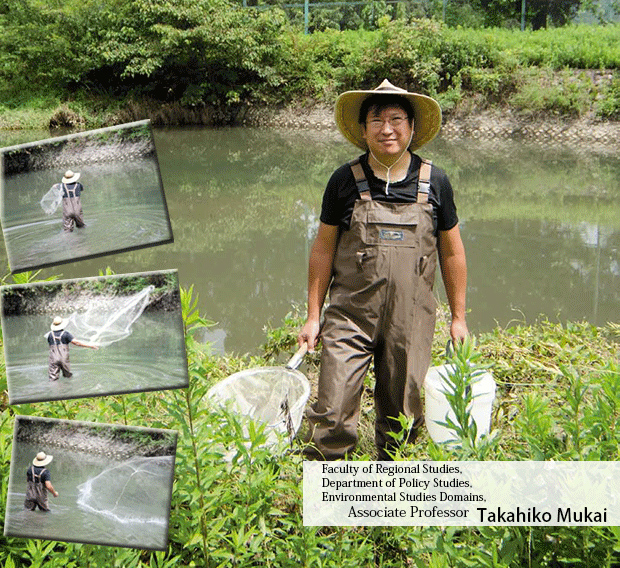
Knowing the original state of the natural environment leads to nature conservation suitable to the region.
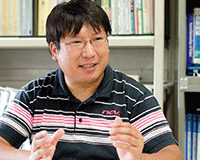
I am conducting ecological and biogeographical research of fish, especially freshwater fish. At present, I am focusing on the conservation of endangered species and control of alien species. To conserve the native animals and plants, we have to know their habitat, ecology, and major threats. Alien species that introduced by human are often threat to indigenous animals and plants thus we also study about them.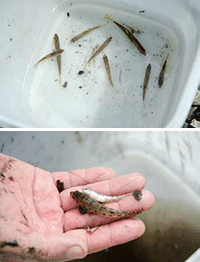
To that end, the most important thing is to know what sort of natural environment originally existed in those places. Unless we understand the original state of the natural environment, we cannot set a target. Therefore in addition to field survey, we investigate the original distribution of freshwater fishes in Gifu Prefecture using the past records in literatures and museum collections of fishes in Gifu Prefectural Museum. Moreover, in order to distinguish whether the fishes are indigenous or not, we analyzed their DNA. Freshwater fishes cannot disperse over a mountain or through the sea. If the river systems have been isolated for thousands of years, the DNA of fish in each river is different even if they have been classified as same species. Thus we can reconstruct historical distribution and detect artificial transplantation of freshwater fishes using DNA analysis. These researches can clarify the original state of nature, and the knowledge may contribute for the conservation.
Collaboration with local governments and citizens is crucial to how much of the natural environment we can hand over to future generations.
Many species of freshwater fishes in Gifu Prefecture are threatened. But, the area around Gifu University is a refugia of endangered species. For example, "Squalidus japonicus japonicus," which is distributed only in several places in Gifu Prefecture, lives in the Shinborigawa River that runs through the university's campus. The river has little flow like a wetland and its narrow upstream with thickly grown plants is suitable for laying eggs and growing larval fish. Since there are few pollution source near the upstream, the water is clear. Moreover, from the Shinborigawa River, fish can move to relatively large rivers such as the Ijira River and Nagara River. The various environments for the fish and good water quality are the reasons that this rare species has survived. Some students had studied the ecology of the threatened species in these rivers for graduation work.
Moreover, in our activities aimed at conserving the nature, controlling alien species, and environmental education, we emphasize collaboration with local communities. One of such activities is the "Research on the nature and wildlife in Gifuy City" for five years starting in 2009. I was in charge of fish and crustaceans, and conducted surveys in 400 locations in Gifu City. Based on the results of such surveys, we are making a Gifu City version of a "Red List (list of threatened species) and a "Blue List" (list of alien species). After that, we are scheduled to formulate a Gifu City version of a "Regional Biodiversity Strategy" for protecting biodiversity.
Nature conservation is not possible without the collaboration of local communities. How much of the biodiversity we can hand over to future generations 100 years from now largely depends on the extent of scientific researches on the local environment and collaboration with local governments and citizens Having a sense of responsibility as a scientist, I want to clarify the original and present states of the natural environment in Gifu Prefecture and commit myself to research that will enable us to hand over the natural environment to future generations.
Guide to rare wildlife that lives around the Gifu University campus
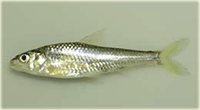 [Squalidus japonicus japonicus] Environment Ministry Red List : Vulnerable Gifu Prefecture Red List : Endangered Total length is about 10 cm. The most of habitats had lost in the Tokai Region. This fish is distributed only in very limited areas in Gifu Prefecture. In Gifu City, in addition to the Shinborigawa River that flows through the university's campus, the fish lives only in some small rivers that have slow currents and mud bottoms but are not polluted. |
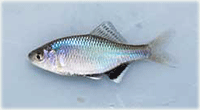 [Acheilognathus tabira tabira] Environment Ministry Red List : Endangered Gifu Prefecture Red List : Endangered Total length is about 7 cm. This fish is a species of bitterlings that lays eggs on bivalves. The fish is critically endangered in the Tokai Region, and a few habitats remain in Gifu City including the Shinborigawa River. However, genetic disturbances have already occurred with this fish due to the introduction of fish from Lake Biwa. |
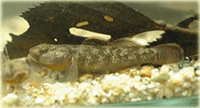 [Rhinogobius sp. TO] Environment Ministry Red List : Near Threatened Gifu Prefecture Red List : Near Threatened Total length is about 5 cm. This fish is an endemic species in three prefectures in the Tokai Region - Gifu, Aichi, and Mie. The number of them has decreased due to predation by black bass and hybridizing with the other species of Rhinogobius artificially transplanted from other areas of Japan. In Gifu City, the fish lives in Bangaike Pond on the university's campus as well as channels and storage reservoirs. |
- "Endangered" :This species is on the verge of extinction. It is classified into "Critically Endangered" (extremely high risk of extinction in the wild in the near future) and "Endangered" (high risk of extinction in the wild).
- "Vulnerable" : The species has a highly endangered in the wild.
- "Near Threatened" :This species may be considered threatened with extinction depending on the change in habitat conditions, although the risk of extinction is low at present.


